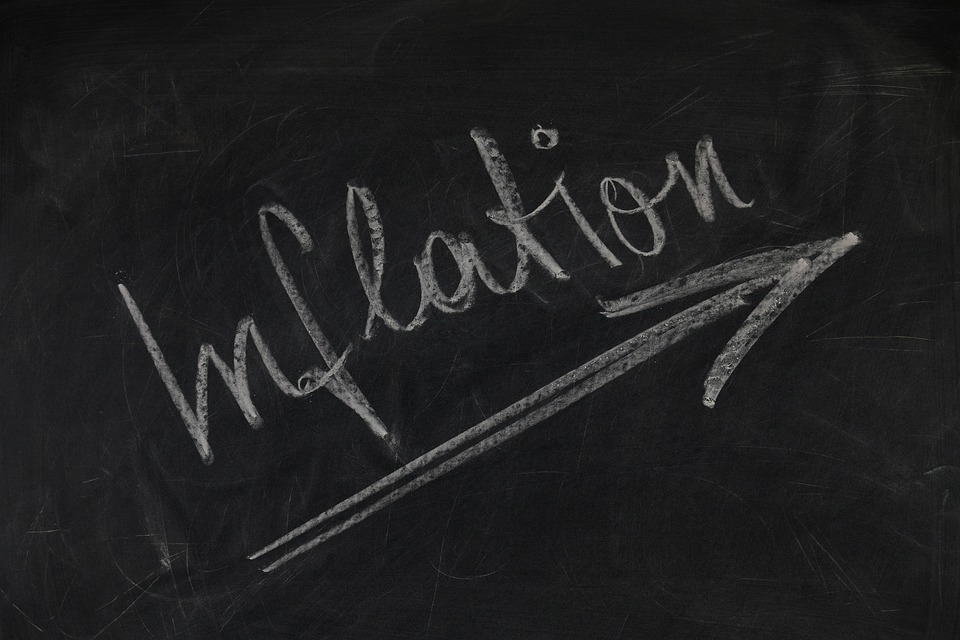How To Slow Down Inflation: The Fed’s Playbook

For more than a year, the Fed has been trying to stop runaway inflation. There has been much complaining, even though it’s a bad idea to fight the Fed. So today we’re going to talk about how to slow down inflation and why interest rates will remain high for the foreseeable future.
It can take years to stop runaway inflation
Back in the mid-1970s, regular people launched a grassroots effort to try to bring down high inflation. They encouraged personal savings and less spending to help get prices down. That helped a bit, but inflation still raged on for nearly another decade. It wasn’t until then-Fed Chair Paul Volcker came in with massive rate hikes that high prices came down sharply. That effort took years to unravel inflation, but it spurred a 43-year bull market and low inflation.
Today’s economic situation is not much different than it was in the 1970s; the only exception is the very low employment we have right now. Low unemployment is driving the economy, something often noted by current Fed Chair Jay Powell. In his view, the economy will remain overheated economy until unemployment ticks up.
Inflation is sticky, which the Fed is concerned about. Companies are not cutting prices as long as demand remains strong, unemployment remains low, and wages continue rising.
How to slow down inflation
The Fed has two tools for reducing inflation: sell off the bonds to reduce their balance sheet and hike the fed funds rate.
Since March 2022, the Federal Open Market Committee (FOMC) has steadily increased the fed funds rate from zero to 4.75%. It’s a stunning increase, and it has had some impact on the economy. Yes, the job market remains strong and and technology companies are experiencing a renaissance. But, the housing market has weakened modestly and retail has been somewhat mixed. Until the labor marketing and demand for goods and services slows down, the FOMC has no choice but to raise rates further.
No one wants to see layoffs or lower wages, especially on Main Street, but that’s the reality we’re facing. The Fed will continue to keep monetary conditions tight until a significant trend of lower prices takes hold. When that happens, the FOMC will start normalizing rates and bringing the fed funds rate down to a reasonable 3-3.5%.
More By This Author:
GILD - Chart Of The WeekINTC - Technical Analysis
Are We In A Bull Market Or Bear Market? How About Neither?
Disclaimer: Explosives Options disclaims any responsibility for the accuracy of the content of this article. Visitors assume the all risk of viewing, reading, using, or relying upon this ...
more


